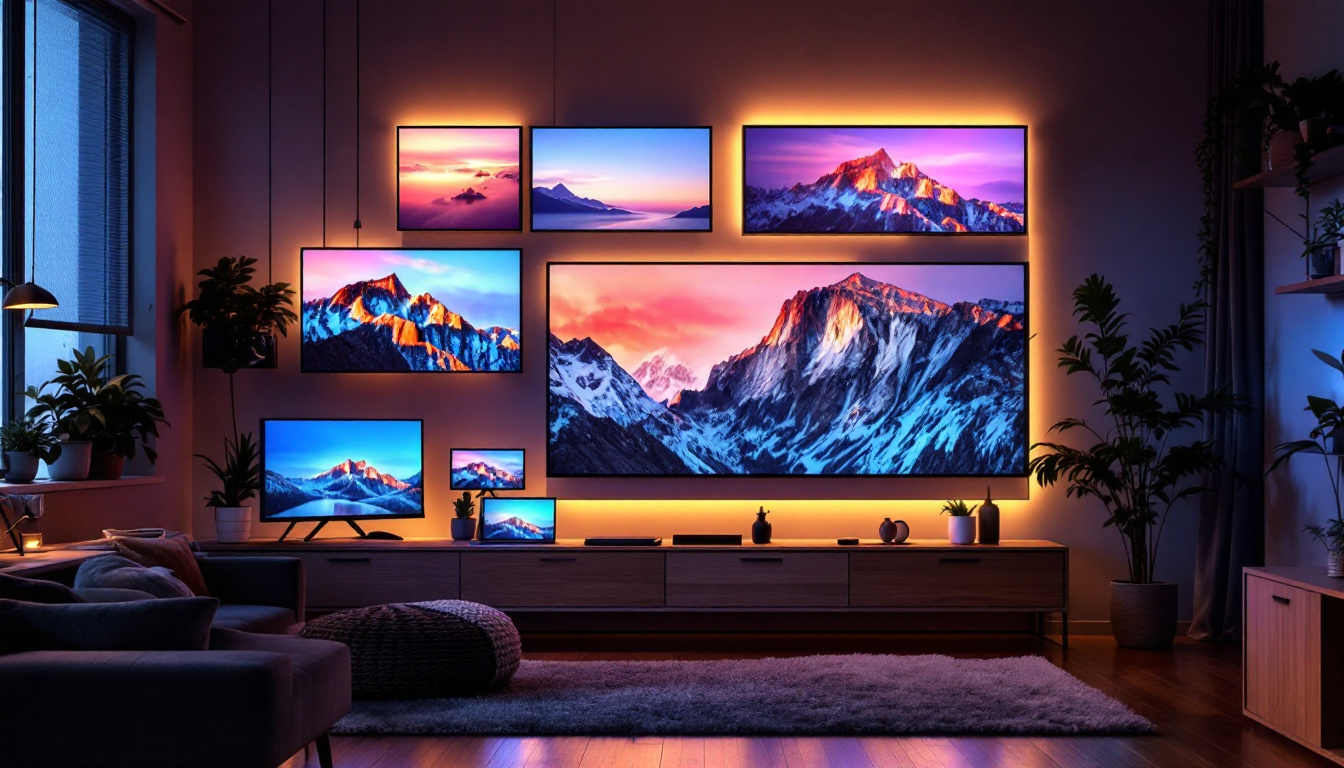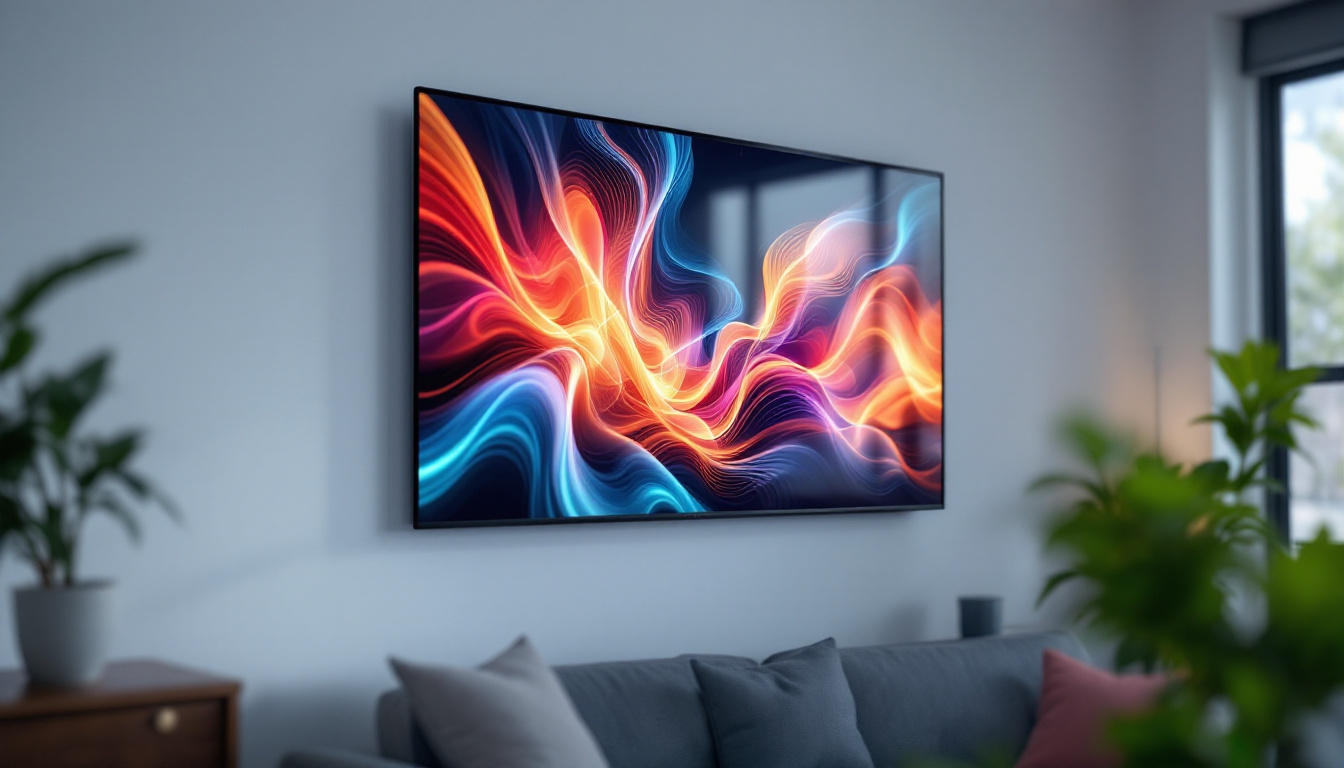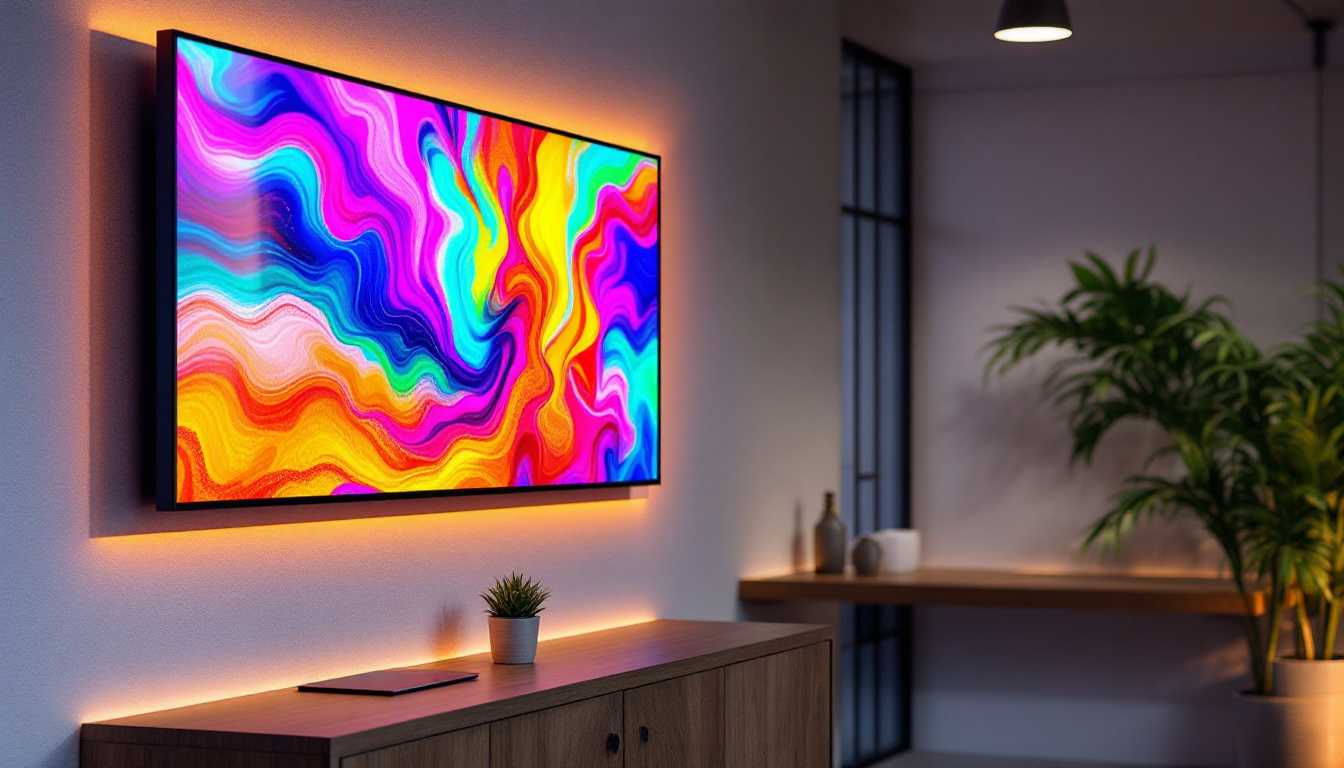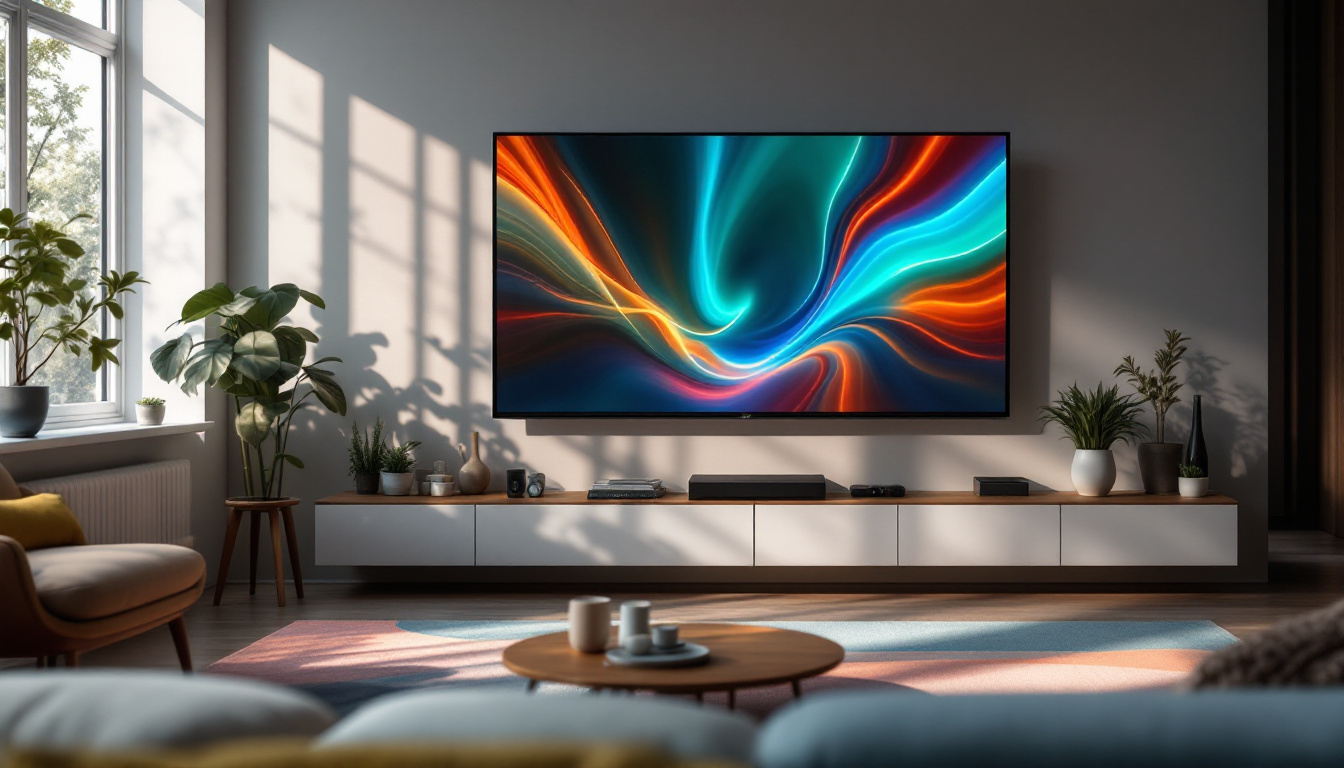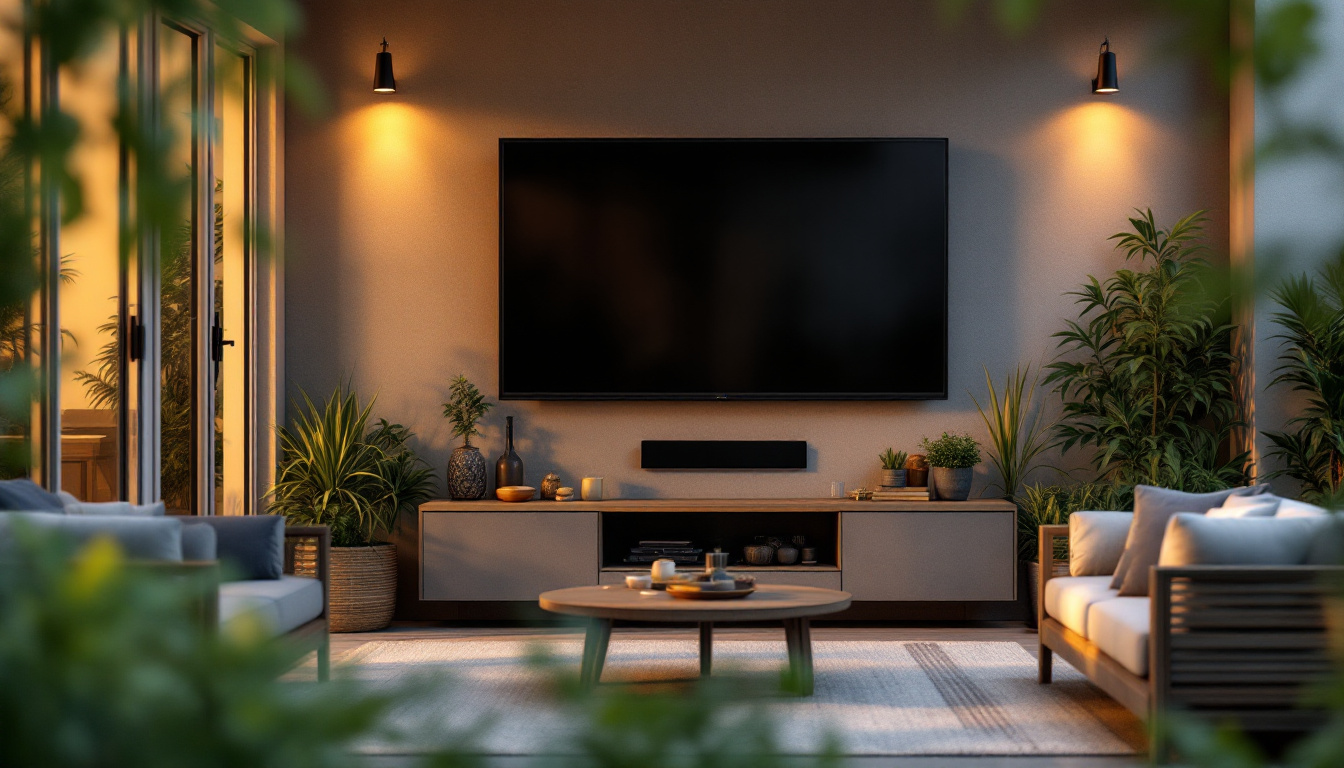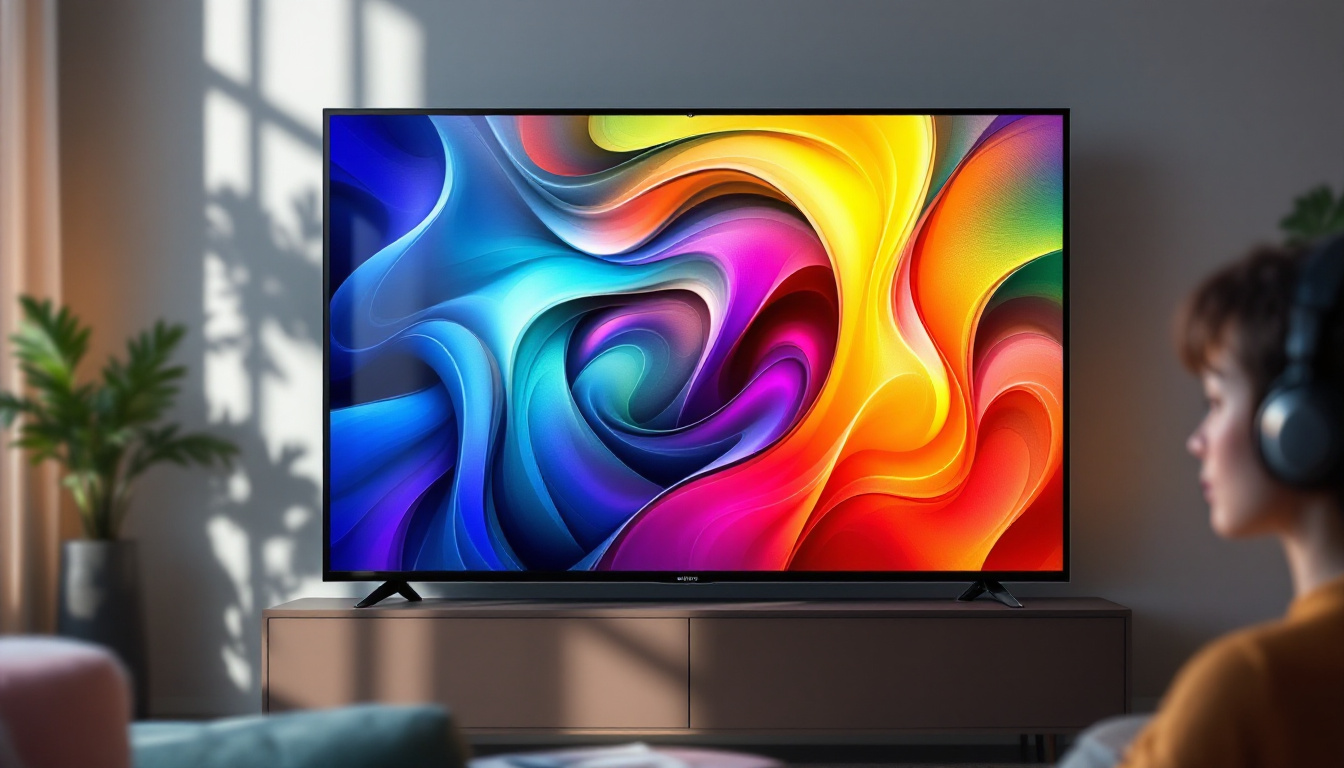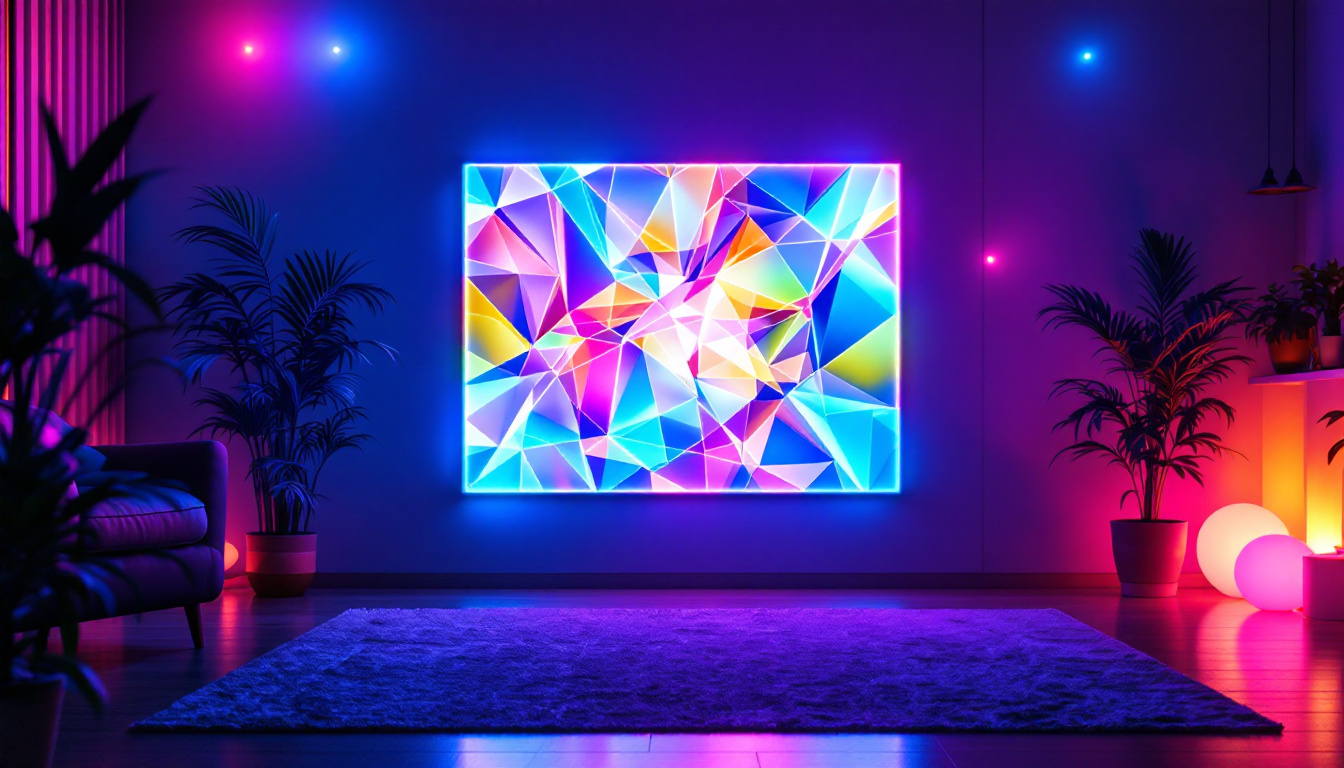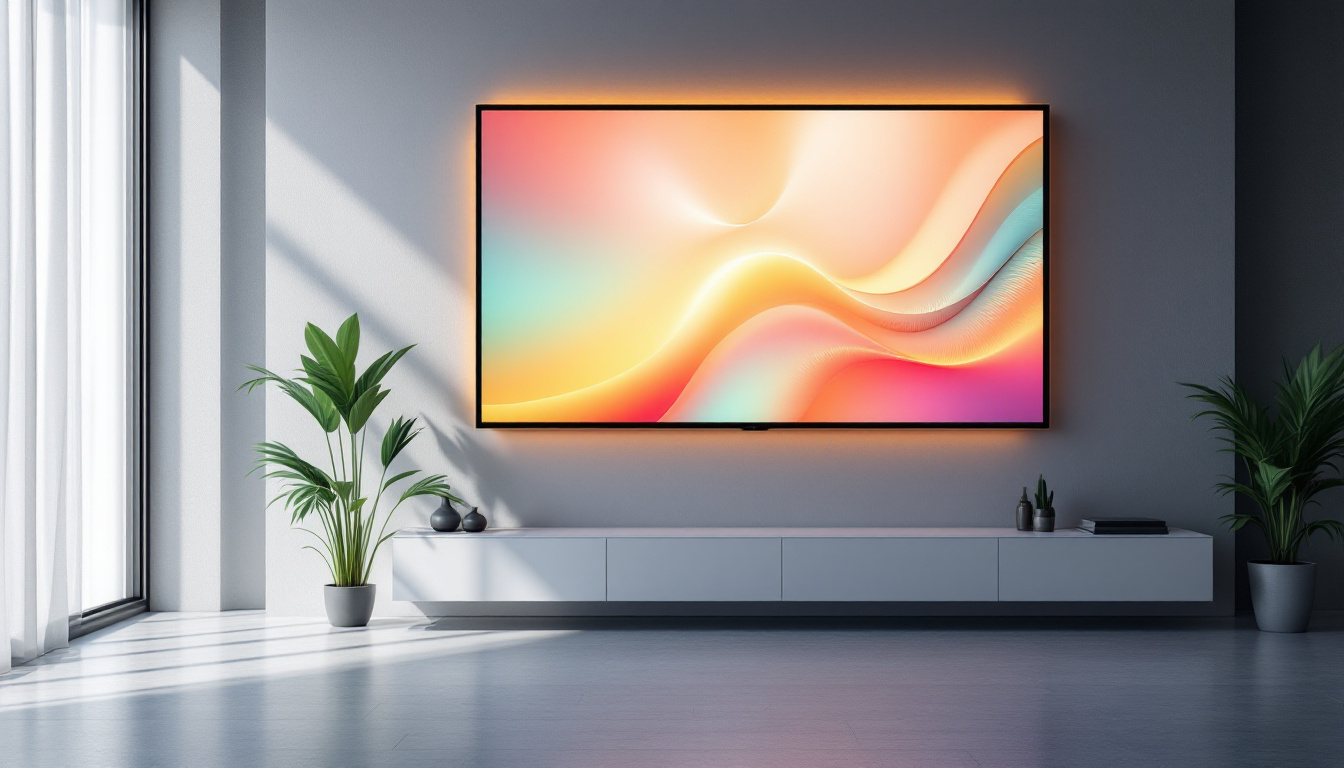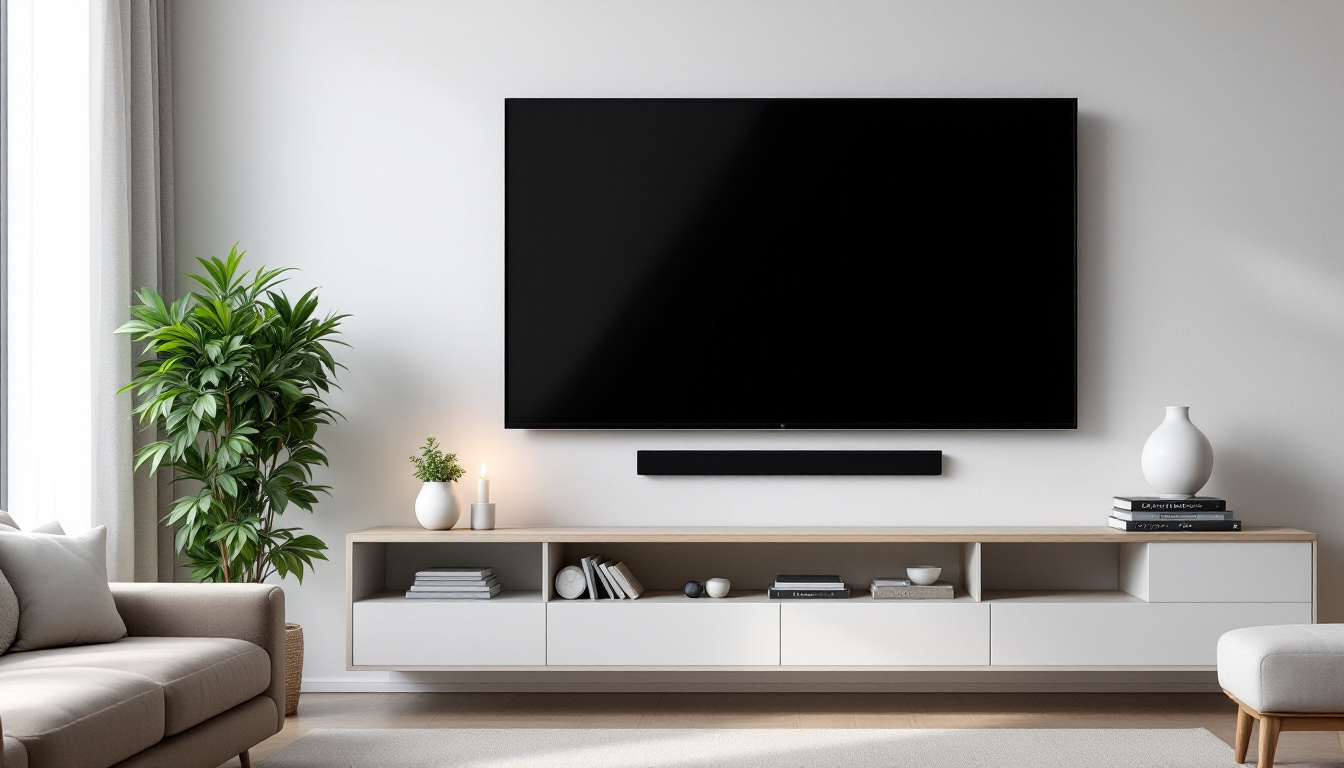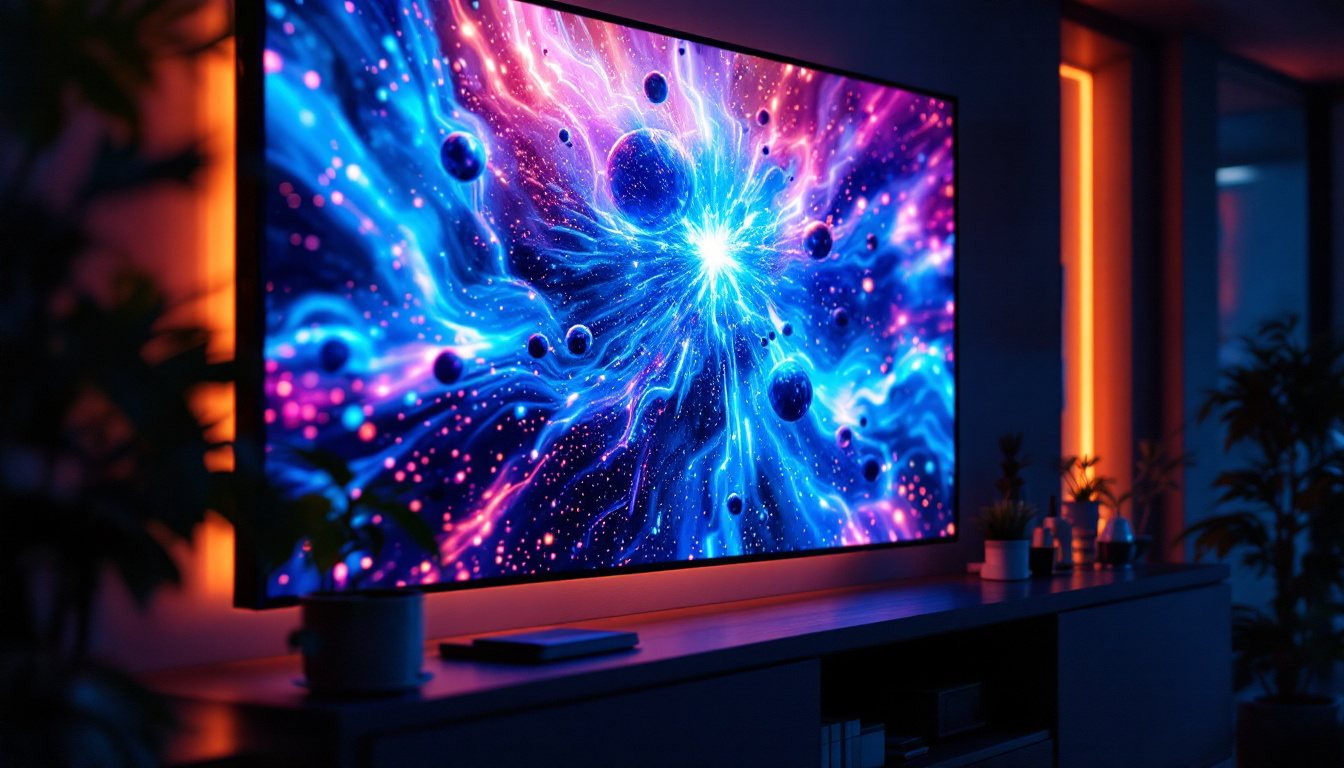In today’s digital age, the demand for high-quality displays has surged, making LED technology a popular choice for various applications. Understanding screen sizes and the intricacies of LED displays can help consumers make informed decisions when purchasing devices. This article delves into the fundamentals of LED displays, the significance of screen sizes, and how they impact user experience.
Understanding LED Technology
LED, or Light Emitting Diode, technology has revolutionized the way screens are designed and manufactured. Unlike traditional LCD screens that rely on backlighting, LED displays use individual diodes to produce light. This results in brighter images, improved color accuracy, and enhanced energy efficiency.
LED technology can be categorized into two main types: Direct LED and Edge LED. Direct LED displays feature a matrix of LEDs placed directly behind the screen, providing uniform brightness and better contrast. Edge LED displays, on the other hand, position LEDs along the edges of the screen, which can lead to thinner designs but may compromise on brightness uniformity.
Advantages of LED Displays
One of the primary advantages of LED displays is their energy efficiency. Compared to traditional displays, LED screens consume significantly less power, making them a more sustainable option. Additionally, LED technology allows for thinner and lighter screens, which is particularly beneficial for portable devices.
Moreover, LED displays offer superior color reproduction and contrast ratios. The ability to produce deeper blacks and brighter whites enhances the overall viewing experience, making them ideal for both casual viewing and professional applications. This capability is especially important in fields such as graphic design and photography, where accurate color representation is crucial. Furthermore, the longevity of LED technology is noteworthy; these displays typically have a lifespan of over 50,000 hours, significantly reducing the need for frequent replacements and contributing to lower waste in electronic products.
In addition to their visual advantages, LED displays are also increasingly being integrated into smart technology. Many modern LED screens come equipped with features such as touch sensitivity, enabling interactive experiences that are becoming more prevalent in educational and retail environments. The integration of smart technology allows for seamless connectivity with other devices, enhancing functionality and user engagement. As the demand for high-definition content continues to grow, the adaptability of LED technology positions it as a frontrunner in the evolution of display solutions.
The Importance of Screen Sizes
Screen size is a critical factor when selecting a display, as it directly influences the viewing experience. The size of a screen is typically measured diagonally from one corner to the opposite corner, and it can vary widely depending on the intended use.
For instance, televisions are available in sizes ranging from small 32-inch models to massive 85-inch screens. Similarly, computer monitors can range from compact 21-inch displays to expansive 49-inch ultra-wide screens. Understanding the appropriate screen size for specific applications can significantly enhance usability and comfort.
Choosing the Right Size for Different Applications
When selecting a screen size, it is essential to consider the viewing distance. For example, a larger TV screen may be suitable for a spacious living room, while a smaller monitor might be ideal for a home office. The general rule of thumb is that the viewing distance should be approximately 1.5 to 2.5 times the diagonal size of the screen.
In addition to viewing distance, the purpose of the display should also be taken into account. For gaming, larger screens can provide an immersive experience, while for professional work, a dual-monitor setup with smaller screens might enhance productivity. Moreover, the resolution of the screen plays a pivotal role in this equation; a high-resolution display can make even smaller screens appear more detailed and engaging, which is particularly beneficial for graphic design or video editing tasks.
Furthermore, the trend towards multi-screen setups in both home and office environments has changed the way we think about screen sizes. Many professionals now opt for two or more monitors to increase their workspace, allowing for better multitasking and improved workflow. This setup can be particularly advantageous for tasks that require constant reference to multiple documents or applications, such as coding or financial analysis. As technology continues to advance, the options for screen sizes and configurations are becoming increasingly diverse, catering to a wide range of user preferences and needs.
Aspect Ratios and Their Impact
Aspect ratio refers to the relationship between the width and height of a display. Common aspect ratios include 16:9, 4:3, and 21:9. Each ratio serves different purposes and can affect the way content is viewed.
The 16:9 aspect ratio is the standard for most televisions and monitors, making it ideal for watching movies and television shows. The 4:3 ratio, once common in older televisions, is now mostly used for specific applications, such as certain computer monitors or legacy content. The 21:9 aspect ratio, often referred to as ultra-wide, is gaining popularity among gamers and filmmakers for its cinematic experience.
Choosing the Right Aspect Ratio
When selecting a display, the aspect ratio can significantly influence the viewing experience. For instance, a 21:9 screen is perfect for immersive gaming and watching films, as it provides a wider field of view. Conversely, a 16:9 screen is more versatile, suitable for both entertainment and productivity tasks.
Understanding the aspect ratio is crucial, especially when considering the type of content that will be viewed. For instance, content created in a specific aspect ratio may not display correctly on a screen with a different ratio, leading to cropping or letterboxing.
Resolution: The Clarity Factor
Resolution refers to the number of pixels that make up the display, typically expressed as width x height (e.g., 1920 x 1080). Higher resolutions result in clearer and more detailed images, which is particularly important for larger screens.
Common resolutions include Full HD (1920 x 1080), 4K Ultra HD (3840 x 2160), and 8K Ultra HD (7680 x 4320). As technology advances, higher resolutions are becoming more accessible, offering users an enhanced viewing experience.
Understanding Different Resolutions
Full HD resolution is still widely used and provides excellent image quality for most applications. However, for larger screens or for users who desire the best visual experience, 4K resolution is becoming increasingly popular. The increased pixel density of 4K displays allows for sharper images, making it ideal for gaming and watching high-definition content.
8K resolution, while still in its infancy, offers even greater detail and clarity. However, the availability of 8K content is limited, and the benefits may not be noticeable on smaller screens. As technology continues to evolve, 8K displays may become more mainstream, but for now, 4K remains the gold standard for high-resolution viewing.
Refresh Rate: Smoothness in Motion
The refresh rate of a display, measured in hertz (Hz), indicates how many times per second the image is refreshed. A higher refresh rate results in smoother motion, which is particularly important for fast-paced content such as gaming and sports.
Common refresh rates include 60Hz, 120Hz, and 240Hz. While 60Hz is sufficient for most everyday tasks, a higher refresh rate can significantly enhance the viewing experience for gamers and sports enthusiasts.
Benefits of Higher Refresh Rates
A higher refresh rate reduces motion blur, providing a clearer image during fast-moving scenes. This is especially beneficial in gaming, where quick reflexes can make a difference in performance. Additionally, a higher refresh rate can reduce eye strain during long viewing sessions, making it a worthwhile investment for avid gamers or anyone who spends extended periods in front of a screen.
However, it is essential to pair a high refresh rate display with a capable graphics card to fully utilize its potential. Without the necessary hardware, the benefits of a higher refresh rate may not be realized, leading to a subpar experience.
Screen Types: Choosing the Right Display Technology
In addition to LED technology, there are several other display technologies available, including OLED, QLED, and LCD. Each technology has its strengths and weaknesses, making it essential to understand the differences when selecting a screen.
OLED (Organic Light Emitting Diode) displays offer superior contrast ratios and color accuracy, as each pixel emits its light. This results in deeper blacks and vibrant colors. However, OLED screens can be more expensive and may suffer from burn-in issues over time.
Comparing LED, OLED, and QLED
QLED (Quantum Dot LED) displays utilize quantum dot technology to enhance color accuracy and brightness. While they offer excellent performance, they still rely on backlighting, which can limit contrast compared to OLED displays. LED displays, while not as advanced as OLED or QLED, provide a balance of performance and affordability, making them a popular choice for many consumers.
Ultimately, the choice between these technologies will depend on individual preferences, budget, and intended use. Understanding the differences can help consumers make informed decisions that align with their viewing habits.
Conclusion: Making Informed Decisions
As technology continues to evolve, understanding screen sizes and LED display technology becomes increasingly important. By considering factors such as screen size, aspect ratio, resolution, refresh rate, and display technology, consumers can make informed decisions that enhance their viewing experience.
Whether purchasing a new television, computer monitor, or portable device, taking the time to research and understand these elements will lead to a more satisfying and enjoyable experience. In a world where visual content is more prevalent than ever, investing in the right display technology is crucial for maximizing enjoyment and productivity.
Discover the Future of Visual Experience with LumenMatrix
Ready to elevate your visual experience with the latest in LED display technology? Look no further than LumenMatrix, where innovation meets excellence. Our diverse range of LED display solutions, from Indoor and Outdoor LED Walls to specialized options like Vehicle and Sports Displays, is designed to captivate and engage your audience. Embrace the future of digital signage with our All-in-One LED Displays and revolutionary Transparent Displays. Don’t just share your message—make an unforgettable impact. Check out LumenMatrix LED Display Solutions today and transform your visual communication.

